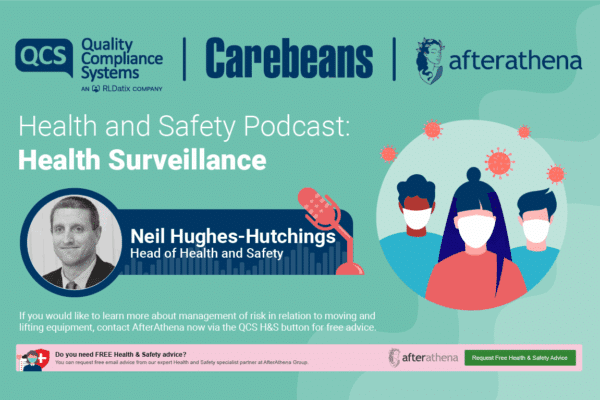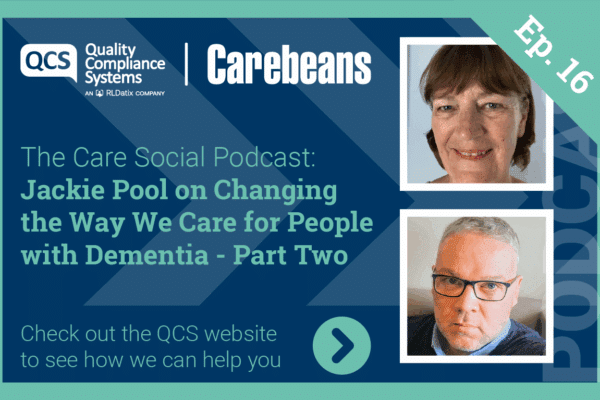
The practice of dentistry should be pretty simple as we are trained to treat the effects of only two main diseases, caries and periodontal disease. Three diseases if we count mis-alignment of teeth. Equally simple, these diseases are caused by just two groups of known bacteria and everybody in the world plays host to these bugs in one proportion or another. So treatment should be as easy as `shooting fish in a barrel`.
Clinical Governance
On another level, we are given a basic structure of practice which meets all the requirements of both the GDC and CQC. It`s called Clinical Governance. There are only three main tenets of Governance in healthcare and these are based on the questions – Is it Safe? Is it Effective? Is it Open, with communication both ways? Strangely, in my role as an Expert Witness I am seeing no let-up in complaints about dentists. This is strange, because if the work process is so simple and the treatment is so simple, why are we getting it so wrong so often? The answer, in my opinion, is because we don`t focus on the `effectiveness` of treatment.
More and more, in the medical world, emphasis is placed on Clinical Pathways. These, also known as care pathways or care maps, are one of the main tools used to manage the quality of healthcare and the standardization of care processes. Generally, clinical pathways refer to clincal guidelines. They promote organized and efficient patient care based on evidence based practice and lead to increased Clinical Effectiveness. When asked if we have Clinical Pathways in dentistry, a lot of people would scratch their heads and struggle to think of any. However, we do and the most obvious example is in the area of greatest need!
Just going back a step, there are more and more complaints about dentists concerning periodontal care. It`s the biggest growth area in the dento-legal world and it`s sad to see so many colleagues caught up in conflict and the legal process in this way. Periodontal disease is the most prevalent disease in the western world and also the most misunderstood by the general population. In terms of treatment we are fighting all sorts of deeply engrained beliefs, including whether it is a disease at all. To provide informative, effective treatment and to protect ourselves from complaint we need to deliver a predictable and evidence based treatment regime.
Whenever a periodontal complaint goes to litigation, Experts from both sides use the published guidelines of the British Society of Periodontology. In particular, The Young Practitioners Guide to Periodontology contains everything that General Dental Practitioners, young and old, need to know about the assessment and treatment of gum disease. It says at one point “Successful treatment of periodontal diseases involves establishing a close working partnership with the patient. This partnership denotes that the patient is actively involved in the therapy rather than just being a passive receiver of treatment”. This partnership works on the principle of listening to the patient`s story and answering it with information and explanation of what they are experiencing. At the core of this is the BPE (Basic Periodontal Examination) which is an objective measurement of a clinical situation. The scores then initiate different paths of treatment.
- 0 No need for periodontal treatment
- 1 Oral hygiene instruction (OHI)
- 2 OHI, removal of plaque retentive factors, including all supra- and subgingival calculus
- 3 OHI, root surface debridement (RSD)
- 4 OHI, RSD. Assess the need for more complex treatment; referral to a specialist may be indicated.
- OHI, RSD. Assess the need for more complex treatment; referral to a specialist may be indicated.
In addition, the guidance says you must record more detailed indices where scores of 3 and 4 exist. These are more detailed pocket charts with indices of bleeding and debris. So far, this fits all the criteria for a Clinical Pathway. The key is in good documentation, which is essential for effective periodontal care, and record keeping should be designed primarily to facilitate patient management. An additional benefit of such documentation will be compliance with medico-legal requirements.
The usual rule applies – write everything down! It`s important for continuity of care that every detail is recorded, it`s also important to protect yourself in the case of complaint. When I say `everything` I mean absolutely EVERYTHING! For instance, it`s no good just recording `OHI` as this can be open to all sorts of interpretation, including not a lot was said. We need to record exactly what instruction was given, in detail, so that everybody involved in the care knows what the state of play is – and this includes the patient.
Teamwork
Effective treatment relies on patient cooperation and commitment to changes in home care, so it is really important to work in partnership on this. In order to be motivated to play their part patients need a definitive diagnosis and lots of information about the problem, so the last component of `effectiveness` involves communication. They need information, information, information.
All this stuff about pathways and objective treatment of periodontal problems has a context within those reasons for going to work on a Monday morning. The more involved we become with partnership working, the more satisfying work becomes. The more effective our treatments are, the happier patients are.
Win-Win






